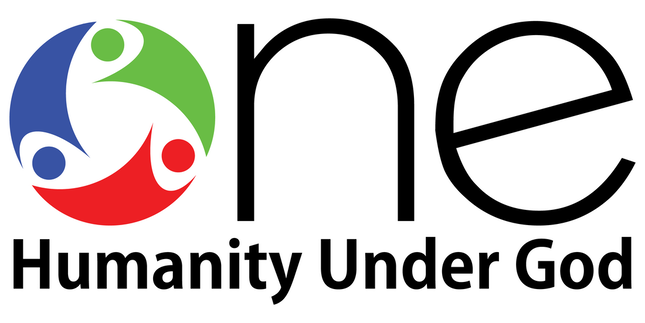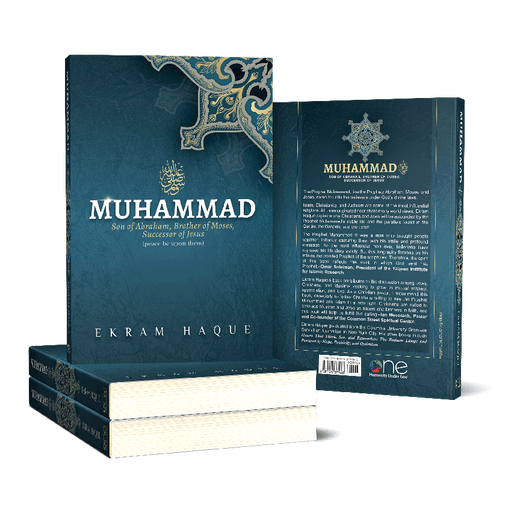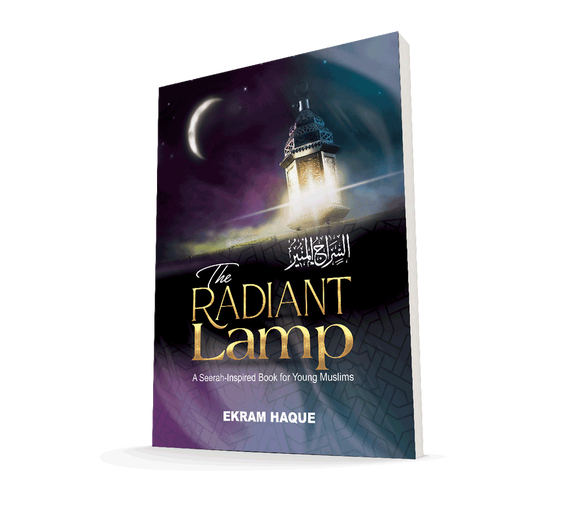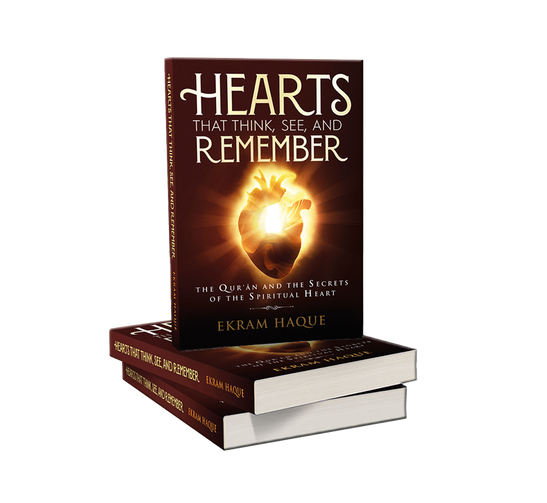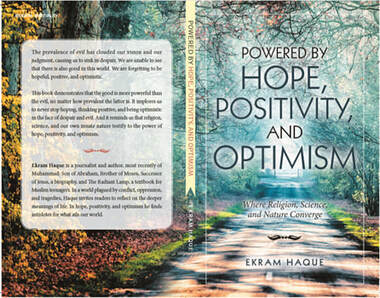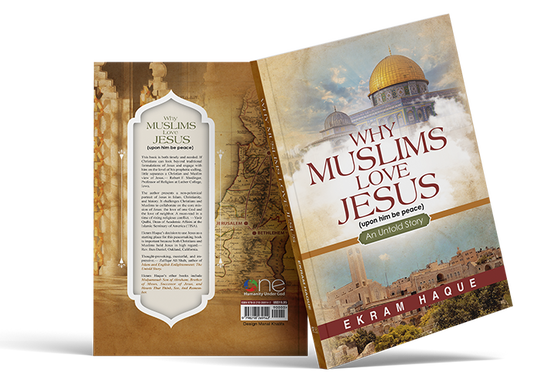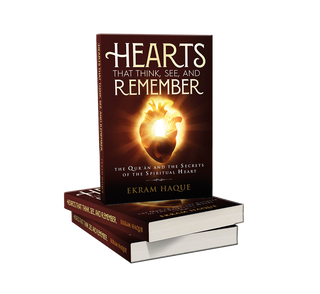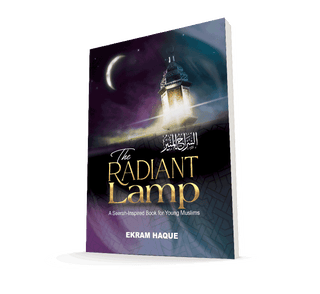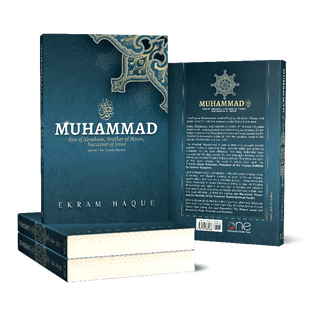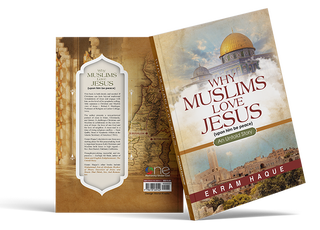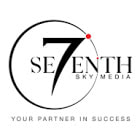Our Publications
Muhammad: Son of Abraham, Brother of Moses, Successor of Jesus is a complete biography of the Prophet (s.a.w.) written in a modern, reflective style. This book is unique in that it seeks to reconnect Muslims with the Prophet's Seerah and derive its timeless lessons. It also suggests ways to convey his noble life to Jews, Christians, and humanity.
Author Ekram Haque explains why the unique doctrine of the Abrahamic religions requires the faithful to help and support rather than fight each other. Believers of all three faiths will be astounded by the parallels found in the Qur'an, the Gospels, and the Torah.
In our time of misunderstanding and turmoil among world religions, this study of the Seerah emphasizes the connections between the Prophet Muhammad's experiences and those of Jesus and the Hebrew prophets.
In this exploration of the Seerah, the life of the Prophet Muhammad, author Ekram Haque connects the challenges and obstacles the Prophet faced with the current tribulations of daily living for believers all over the world.
Haque combines commentary and study of relevant passages of the Qur'an with primary sources of the Seerah and draws parallels between the Prophet's teachings and what is written in the Gospels and the Torah, making the case that both foretold the Prophet's coming. He shows that all three Abrahamic religions originated from a single source, and the belief systems and values of the three have more similarities than differences. These comparisons are explained in clear detail for anyone willing to approach the Seerah with an open heart and mind.
Author Ekram Haque explains why the unique doctrine of the Abrahamic religions requires the faithful to help and support rather than fight each other. Believers of all three faiths will be astounded by the parallels found in the Qur'an, the Gospels, and the Torah.
In our time of misunderstanding and turmoil among world religions, this study of the Seerah emphasizes the connections between the Prophet Muhammad's experiences and those of Jesus and the Hebrew prophets.
In this exploration of the Seerah, the life of the Prophet Muhammad, author Ekram Haque connects the challenges and obstacles the Prophet faced with the current tribulations of daily living for believers all over the world.
Haque combines commentary and study of relevant passages of the Qur'an with primary sources of the Seerah and draws parallels between the Prophet's teachings and what is written in the Gospels and the Torah, making the case that both foretold the Prophet's coming. He shows that all three Abrahamic religions originated from a single source, and the belief systems and values of the three have more similarities than differences. These comparisons are explained in clear detail for anyone willing to approach the Seerah with an open heart and mind.
The Radiant Lamp a unique Seerah-inspired textbook for Muslim teens, is going into its third year of circulation. It reconnects the youth with the Prophet's Seerah in the age of heightened Islamophobia and mounting challenges to faith and spirituality. This book presents lessons from the Prophet's Seerah as timeless guidance for humanity.
Each of the 20 chapters of the book deals with a challenging, even controversial subject that often confounds the Muslim youth. The author conveys the message in a style that resonates well with impressionable minds.
The Radiant Lamp is a much-needed textbook for Islamic full-time and weekend schools. It's unique. It's engaging. It invites critical thinking. The Radiant Lamp is being taught to the middle and high schoolers in several Islamic schools, including at The Brighter Horizons, a Texas school with 900 pupils.
Each of the 20 chapters of the book deals with a challenging, even controversial subject that often confounds the Muslim youth. The author conveys the message in a style that resonates well with impressionable minds.
The Radiant Lamp is a much-needed textbook for Islamic full-time and weekend schools. It's unique. It's engaging. It invites critical thinking. The Radiant Lamp is being taught to the middle and high schoolers in several Islamic schools, including at The Brighter Horizons, a Texas school with 900 pupils.
Hearts That Think, See, and Remember: The Qur’an and the Secrets of the Spiritual Heart
The Qur’ān calls the human heart an organ that thinks, sees, and remembers. It describes the heart as the abode of faith, intention, and the nerve center of moral decisions.
But the heart sometimes becomes diseased, and faith can fluctuate due to the heart’s changing condition. Hence, the Prophet Muhammad ﷺ taught us to pray, “O Turner of the hearts, keep my heart firm on Your religion.” This prayer is similar to one in Psalm 51:10: “Create in me a clean heart, O God; and renew a right spirit within me.”
The ancient Greeks believed a heart could perceive. They called this aisthesis. In ancient Chinese medicine, the heart is where shen or spirit resides, and the Mandarin language represents love, virtue, and thought with the heart’s ideogram. Science calls the heart a place of perception, one with its own “brain” and a “magnetic field” that affects people around it.
The Qur’ān pins a person’s salvation in the Hereafter on the spiritual heart, not the physical heart that pumps blood. Hence, those who bring a pure heart (qalbun salīm) on Judgment Day will enter Paradise. This book explores the nature of the spiritual heart and how to revive it when it becomes diseased. It shows us that the more a heart remembers God, the healthier it becomes.
The Qur’ān calls the human heart an organ that thinks, sees, and remembers. It describes the heart as the abode of faith, intention, and the nerve center of moral decisions.
But the heart sometimes becomes diseased, and faith can fluctuate due to the heart’s changing condition. Hence, the Prophet Muhammad ﷺ taught us to pray, “O Turner of the hearts, keep my heart firm on Your religion.” This prayer is similar to one in Psalm 51:10: “Create in me a clean heart, O God; and renew a right spirit within me.”
The ancient Greeks believed a heart could perceive. They called this aisthesis. In ancient Chinese medicine, the heart is where shen or spirit resides, and the Mandarin language represents love, virtue, and thought with the heart’s ideogram. Science calls the heart a place of perception, one with its own “brain” and a “magnetic field” that affects people around it.
The Qur’ān pins a person’s salvation in the Hereafter on the spiritual heart, not the physical heart that pumps blood. Hence, those who bring a pure heart (qalbun salīm) on Judgment Day will enter Paradise. This book explores the nature of the spiritual heart and how to revive it when it becomes diseased. It shows us that the more a heart remembers God, the healthier it becomes.
Powered by Hope, Positivity, and Optimism is an inspirational book at a time when the prevalence of evil has clouded our vision and our judgment, causing us to sink in despair. We are unable to see that there is also good in this world.
This book demonstrates that the good is more powerful than the evil, no matter how prevalent the latter is. It implores us never to stop hoping, thinking positive, and being optimistic in the face of despair and evil. And it reminds us that religion, science, and our innate nature testify to the power of hope, positivity, and optimism.
In a world plagued by conflict, oppression, and tragedies, Haque invites readers to reflect on the deeper meanings of life. In hope, positivity, and optimism, he finds antidotes for what ails our world.
This book demonstrates that the good is more powerful than the evil, no matter how prevalent the latter is. It implores us never to stop hoping, thinking positive, and being optimistic in the face of despair and evil. And it reminds us that religion, science, and our innate nature testify to the power of hope, positivity, and optimism.
In a world plagued by conflict, oppression, and tragedies, Haque invites readers to reflect on the deeper meanings of life. In hope, positivity, and optimism, he finds antidotes for what ails our world.
This book is both timely and needed. If Christians can look beyond traditional formulations of Jesus and engage with him on the level of his prophetic calling, little separates a Christian and Muslim view of Jesus. - Robert F. Shedinger, Professor of Religion at Luther College, Iowa.
